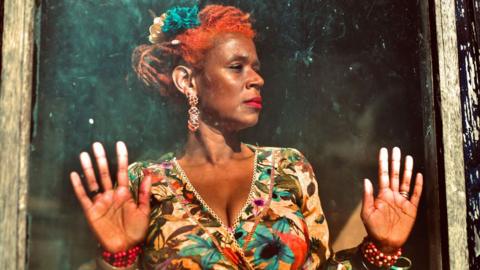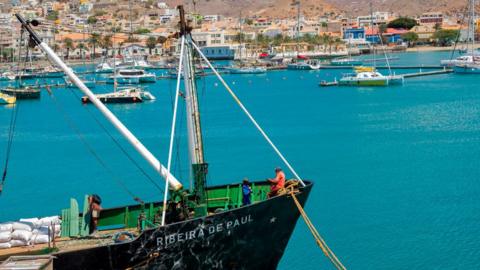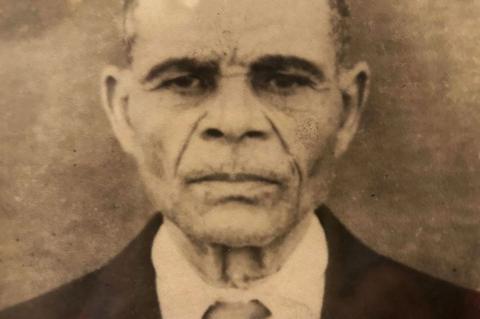The Cape Verdean islands lie about 500km (310 miles) off the coast of West Africa. They are mostly arid, with limited arable land and prone to drought.
But they are a strategic midway point in the Atlantic Ocean, and they were first controlled by the Portuguese as they traded between south-east Asia, Europe and the Americas - in spices, silk and enslaved people. With the abolition of the slave trade, Cape Verde went into decline.
Cape Verde remained a Portuguese colony until 1975 - but during the 18th and 19th Centuries, British merchants settled and Cape Verde once again became a bustling crossroads.
The British came for the cheap labour, goats, donkeys, salt, turtles, amber and archil, a special ink that was used in British clothes manufacturing.
They built roads, bridges and developed the natural ports - which became known as Port'Inglês - and set up coaling stations, with coal brought in from Wales.
São Vicente's Mindelo port became a vital refuelling stop for steamships carrying goods across the Atlantic Ocean or to Africa - and an important global communications hub with the 1875 arrival of a submarine cable station.
Souza's exploration of the British presence in Cape Verde quickly became personal.
"As I started to research, I found so many personal connections," Souza says - including the fact that her grandfather loaded coal on to ships in Mindelo.
That inspired her to write Ariope - the story of an older man urging a younger man, who prefers to stay in the shade playing his guitar, to "ariope". The British ships are coming and the sailors do not like to wait - "fulespide, streioei", the song goes.


